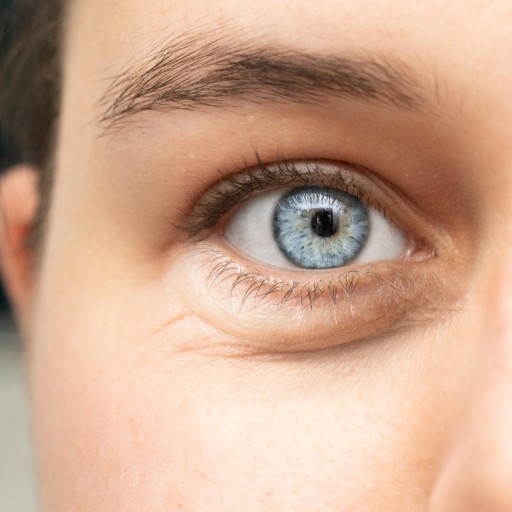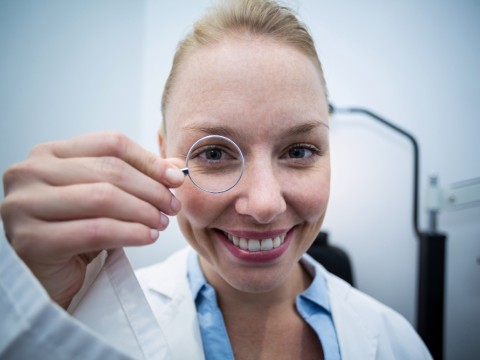Eye Aesthetics (Oculoplasty)
3 results foundOculoplasty: The Art and Science of Aesthetics Around the Eye
Oculoplasty, more informally known as ophthalmic plastic surgery, is eye lid and orbit reconstructive and cosmetic surgery, along with the tissues surrounding the eyes. This unique specialty brings aesthetics together with functional surgery in an effort to improve both appearance and health. In this article, we take a closer look at the aspects of oculoplasty, including its procedures, benefits, risks, and the importance of choosing a qualified surgeon.
What is Oculoplasty?
Oculoplasty refers to both surgical and non-surgical procedures to enhance the look and function of the eye and its surrounding areas. These are procedures intended for cosmetic purposes, such as droopy eyelids and puffiness, or for reconstructive concerns due to trauma, tumors, and congenital issues. Oculoplastic surgeons have a high level of specialization in both ophthalmology and plastic surgery, whereby they can pay wide attention to their patients.
Common Oculoplasty Procedures
Oculoplasty encompasses several procedures, each with its own specific requirement:
Blepharoplasty
The most common oculoplastic surgery, blepharoplasty refers to the removal of excess skin, fat, and muscles of the upper and/or lower eyelids. Blepharoplasty may eliminate puffiness, sagging, and drooping for a more youthful look.
Ptosis Repair
Ptosis is drooping of the upper eyelid, often resulting in obstruction of vision and affecting cosmetic appearance. The droopy eyelid can be corrected by surgically tightening the muscles that raise the eyelid, thereby restoring the eyelid to its normal anatomical position.
Eyelid Reconstruction
This is a defect or deformity due to trauma, surgery, or congenital conditions. Reconstruction techniques can restore anatomy and function.
Orbital Surgery
Orbital surgery may include procedures to address problems in the eye socket, such as tumors, fractures, or inflammation. These surgeries are generally performed to maintain vision and ensure the integrity of the adjacent structures.
Tear Duct Surgery
Also known as dacryocystorhinostomy, this procedure involves creating a new pathway to drain tears so as to avoid blockage and inhibitive tearing.
Benefits of Oculoplasty
The advantages of oculoplasty are not only confined to cosmetic change:
Improved Vision: Ptosis repair and other procedures may improve one's vision by simply lifting the eyelids for a better line of sight.
Boosted Confidence: Cosmetic concerns, such as drooping eyelids or live eye bags, most often resolve with boosts in self-esteem post-surgery.
Better Function: Reconstructive surgeries often restore normal function and comfort, especially in the case of patients suffering from eyelid malformations or injuries.
Long-term Improvement: Most oculoplastic surgeries are long-lasting and so tend to provide improvement for very long periods, in both looks and functions.
Risks and Considerations
As with all surgical procedures, there are potential risks with oculoplasty, including:
Infection: Infection of the site of surgery is possible. This can lead to further complications.
Scarring: While surgeons try to keep scarring to a minimum, some would not be entirely unnoticeable.
Dry Eyes: There are possibilities of dry eyes or modifications in tear production after the surgery.
Asymmetry: Sometimes, asymmetrical result may be noted, and this might further require intervention.
Preoperatively, all possibilities of complications must be well-discussed with the operating surgeon.
Preparation for Oculoplasty
Here are some steps in preparing for oculoplasty:
Consultation: Consult a qualified oculoplastic surgeon. The surgeon examines your case history and discusses your objectives.
Preoperative Instructions: Your surgeon may ask you to avoid medications or supplements that can increase your bleeding.
Making Healthy Lifestyle Changes: Healthy nutrition and hydration can help in the recovery process.
Recovery Process
Oculoplasty recovery is different for different patients considering their condition and surgical need; however, general guidelines include the following.
Rest and Elevation: The head is usually kept elevated to minimize swelling in the early stages of recovery.
Cold Compresses: Application of cold compress helps reduce the discomfort and swelling.
Follow-Up Visits: Following-up at appointed times is important to assess the state of healing and to take care of concerns.
Most of the patients are able to resume their routine activities within a week or two, though the complete healing may take a few months.
Selecting the Right Surgeon
It is very important to select an oculoplastic surgeon for undergoing Cosmetic Blepharoplasty. The following can be considered while selecting a surgeon:
Board Certification: That the surgeon is board certified in ophthalmology and has taken extra training in oculoplastic surgery.
Experience: The more experience a surgeon has with the procedure of interest, the better.
Patient Reviews: Look at patient testimonials and before-and-after photos to get a sense of the surgeon's skill and aesthetic sensibility.
Communication: More than anything, you want a doctor who listens to your concerns, answers all of your questions, and communicates candidly with you at all junctures in the process.
Conclusion
Oculoplasty is an amalgamation of aesthetic beautification with functional improvement for people who have some sort of dissatisfaction with their eyes and eyelids. With the availability of many procedures, the patients stand to benefit by not only an improved look but also improved vision and a boost of confidence. However, oculoplasty has to be performed with caution, research, and under the guidance of a qualified practitioner. If you are thinking of oculoplastic surgery, consider booking a consultation to explore options. Take that first step toward the results you want. Your eyes are a big part of who you are-let them sparkle!



